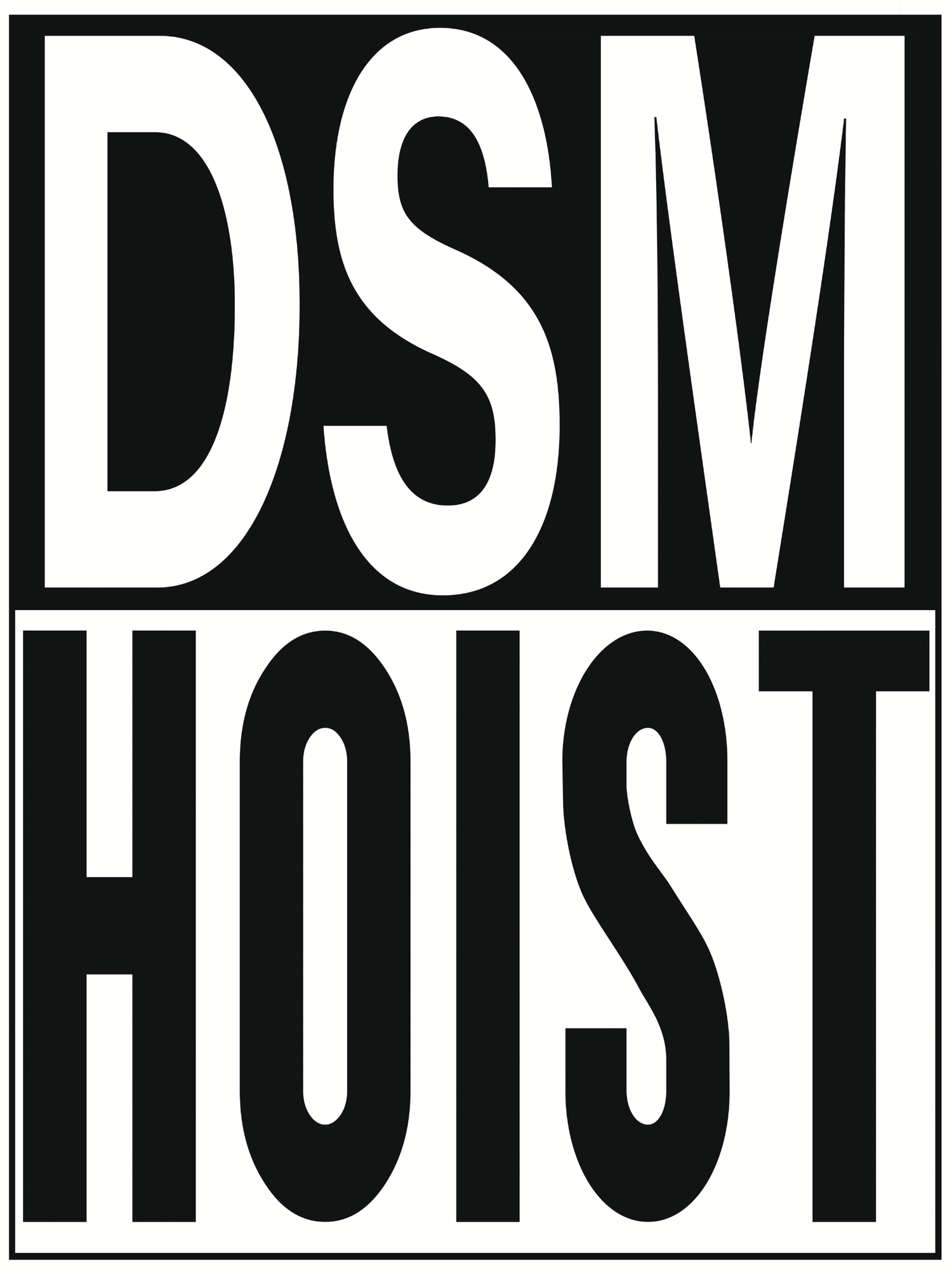One of the leading causes of Hoist accidents is Overloading.
Always know the capacity limit or WLL of the hoist/workstation you are using, which must be marked on the bridge/hoist. The hook will have a manufacturer’s identification and rated load identification that is forged, cast or die stamped on a low-stress area of the hook. On a synthetic sling, the rated load capacity will be found on the identification tag that is affixed to the sling.
Also, know the weight of the materials you are going to lift. If you are not sure, take the time to calculate it. Refer to your Rigging manual for the principles of calculation and the weight tables that show what various materials weigh based on volume.




















